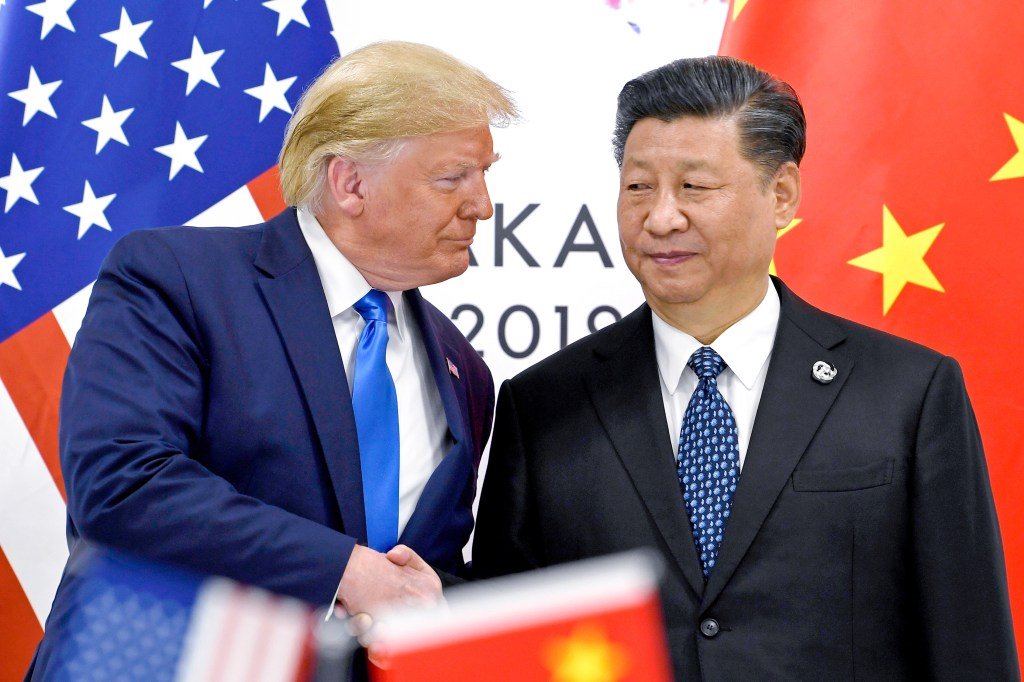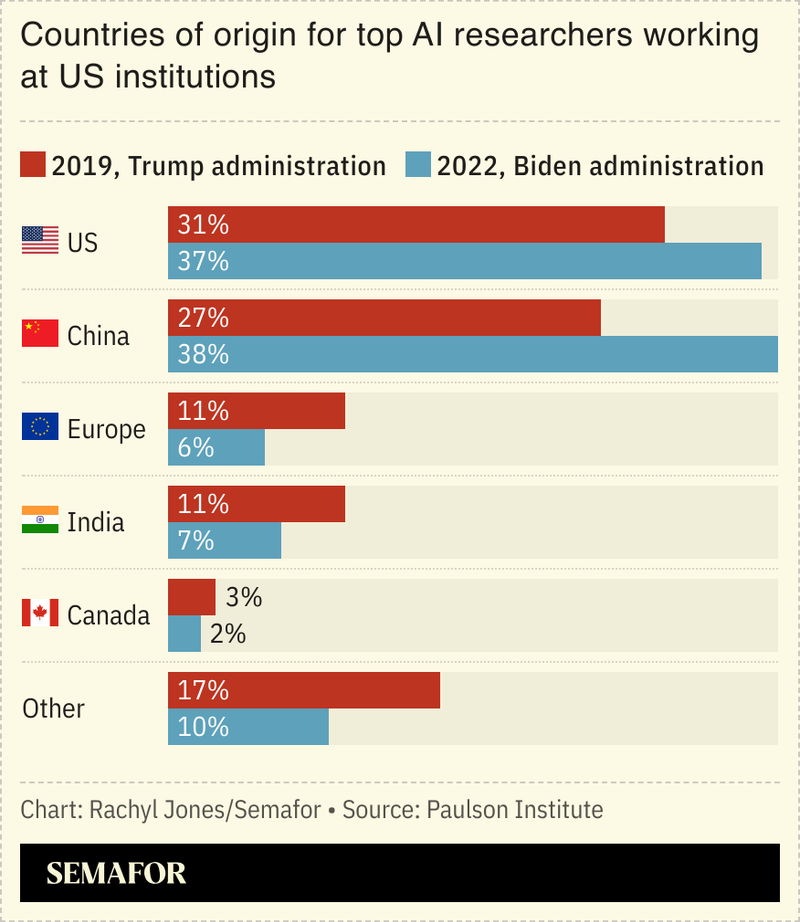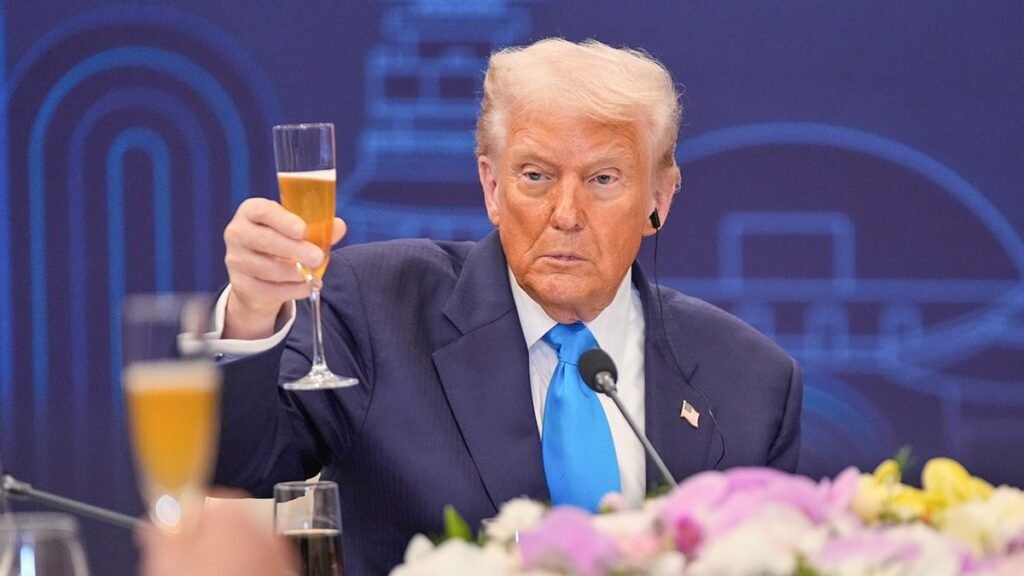(Bloomberg) — Copper advanced toward a record as optimism over an imminent US-China trade deal added steam to a rally driven by a slew of disruptions at some of the world’s biggest mines.
Signs the world’s top two economies are set to reach an accord this week improve the outlook for consumption of the industrial metal at a time of heightened concerns over production setbacks from South America to Indonesia.
Most Read from Bloomberg
Prices on the London Metal Exchange rose as much as 1.2% to $11,094 a ton, roughly $10 shy of a record reached in May 2024, before paring some of the gains.
Copper has rallied by a quarter this year — recovering from a deep selloff triggered by President Donald Trump’s trade war escalation — as investors focus on a tenuous balance for supplies of the metal that’s key to global electrification efforts. BHP Group, the world’s biggest miner, sees global demand increasing by around 70% by 2050.
Over the past few months, flooding at Ivanhoe Mines Ltd.’s Kamoa-Kakula complex in the Democratic Republic of Congo, a rock blast at Codelco’s top mine in Chile and a massive fatal mudslide at Freeport McMoRan Inc.’s Grasberg mine in Indonesia propelled prices higher. The constraints brought home doubts that producers will be able to keep up with the growing use of copper in electric cars, data centers and other applications in the coming years.
Meanwhile, demand for the metal used in wires, batteries and pipes stands to benefit from easing friction between Washington and Beijing. Trump walked back his threat of 100% tariffs against China while Beijing paused plans to expand rare earth export controls for a year, according to US Treasury Secretary Scott Bessent
Copper wavered after Washington and Beijing recently staked out tough positions in the run-up to trade talks and resumed its rally as tensions eased. Underpinning the increase, Freeport cut its copper sales guidance in September after the accident at the giant Grasberg mine.
The dollar’s decline this year has added further momentum to metals, making commodities priced in the US currency more attractive. A gauge of the greenback’s strength has fallen around 8% since mid-January as investors bet the Federal Reserve will cut interest rates further. Expectations that lower interest rates will boost economic growth has also given the raw materials a boost.







